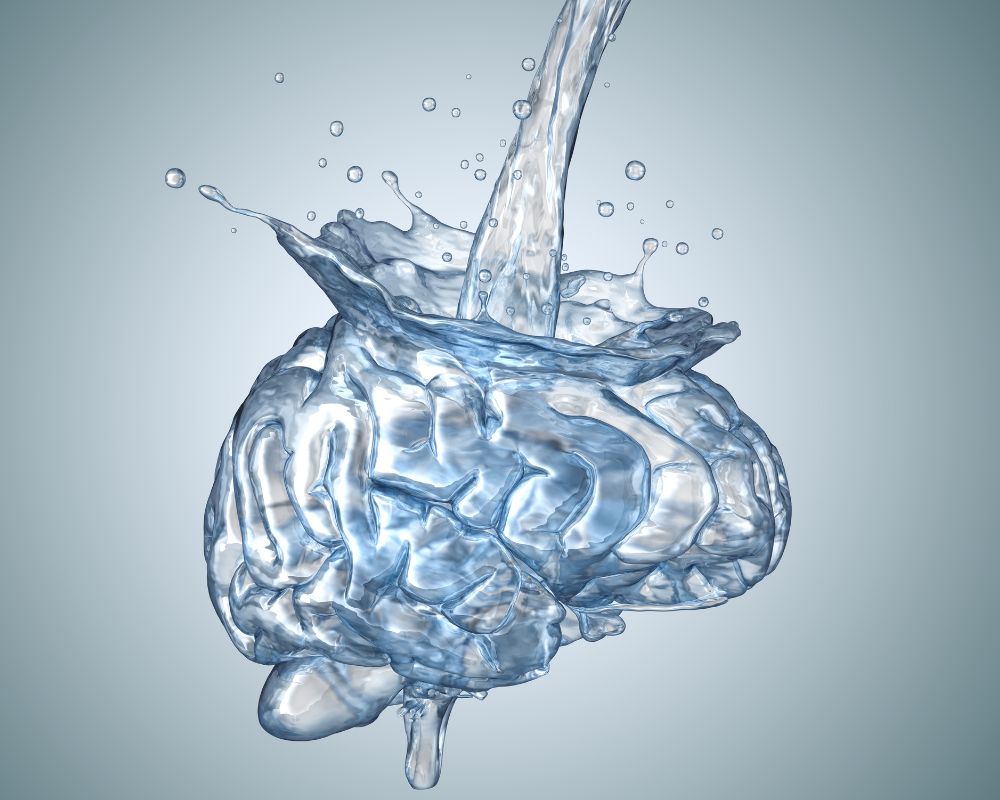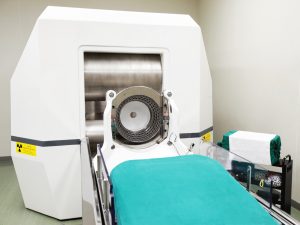At 62, Janet started to forget names. Sometimes, she bumped into furniture. These were little things that were easy to dismiss at first.
But over time, her walks to the local shops became slower and more uncertain, and even everyday conversations became challenging as she struggled to find the right words. Her family also noticed that she seemed irritable, confused and emotionally distant.
Janet reassured everyone that she was just getting a bit older. Her family was less relaxed and began to worry about dementia every time she lost her keys.
They were both wrong. Janet had developed normal pressure hydrocephalus (NPH).
Though often associated with babies and children, hydrocephalus can affect adults too, affecting mood, movement and memory.
What is hydrocephalus?
Hydrocephalus is a condition where cerebrospinal fluid (CSF) builds up in the brain’s ventricles (fluid-filled spaces).
Normally, CSF flows in and around the brain and spinal cord, acting as a cushion and delivering nutrients. When the flow is blocked or too much fluid is produced, pressure can build up inside the skull, causing physical and cognitive symptoms.
What causes hydrocephalus in adults?
In adults, hydrocephalus is often the result of another event or underlying condition.
Common causes include:
- Brain injuries, particularly those involving bleeding or swelling
- Stroke, where brain tissue is damaged by lack of blood flow
- Infections, such as meningitis, which can scar the brain and obstruct CSF flow
- Brain tumours that block or shift normal CSF pathways
- Surgery complications following neurological procedures.
One specific form, normal pressure hydrocephalus (NPH), often has no clear cause. It usually affects older adults and results in a slow build-up of fluid, even though CSF pressure appears normal during testing.
What are the symptoms?
Hydrocephalus symptoms vary depending on the type and severity of the condition. In adults, key warning signs include:
- Cognitive changes: Memory loss, difficulty concentrating, confusion, or slowed thinking.
- Gait disturbances: Shuffling steps, imbalance, or difficulty initiating walking.
- Mood and behaviour shifts: Irritability, apathy, or emotional blunting.
- Bladder control issues: Frequent urination or incontinence.
- Headaches, nausea, or visual disturbances: Particularly in cases with higher intracranial pressure.
These symptoms often mimic other neurological conditions such as dementia or Parkinson’s disease, which can delay diagnosis.
How does hydrocephalus impact daily life?
Hydrocephalus affects the brain, and because the brain controls everything from movement and memory to mood and motivation, the impact can be far-reaching.
When excess fluid builds up in the brain’s ventricles, it causes a pressure increase that can interfere with how the brain communicates with the rest of the body. This can lead to changes in mobility, thinking, behaviour and bladder control, making everyday tasks like walking, speaking, or remembering simple information feel difficult or unfamiliar.
For many people, these changes affect their confidence, independence, and overall quality of life.
In Janet’s case, simple tasks like making a cup of tea or crossing the street became stressful. She often avoided social outings because she found it hard to follow conversations and became easily fatigued. She was prone to sudden outbursts which strained her relationships but she also seemed emotionally distant. Her husband said it felt like she wasn’t quite there.
How is hydrocephalus diagnosed?
Diagnosing hydrocephalus typically involves:
- Neurological examination: Assessing reflexes, balance, memory, and cognition.
- MRI or CT scans: To detect enlarged ventricles or blockages.
- Lumbar puncture: Measuring CSF pressure and testing symptom relief after fluid removal (common in suspected NPH cases).
A positive response to lumbar drainage often indicates that shunt surgery may help.
What treatment options are available?
Treatment seeks to normalise pressure by draining excess CSF to help restore mobility and cognitive function.
Shunt surgery
This is the most common treatment. A thin tube (shunt) is placed in the brain to drain excess fluid into another part of the body, usually the abdomen. The pressure can be adjusted via a valve in the shunt system. Regular monitoring is required to ensure the shunt continues to function properly.
Endoscopic third ventriculostomy (ETV)
This is a minimally invasive option for some patients, particularly younger adults. It creates a new pathway for CSF to flow through the brain without requiring a shunt.
Can hydrocephalus symptoms be reversed?
In many cases, yes, especially in NPH. A 2024 systematic review and meta-analysis of 54 studies and 4,811 patients, published in The Lancet, found that more than 75% of NIP patients experienced improvement after surgical treatment.
FAQs about adult hydrocephalus
Can hydrocephalus cause personality changes in adults?
Yes. It can affect decision-making, mood, emotional regulation, and even social engagement.
Is hydrocephalus the same as dementia?
No, but it can mimic dementia. Unlike many forms of dementia, symptoms of hydrocephalus (especially NPH) can be reversed with treatment.
What is the success rate of shunt surgery in adults?
If the underlying cause of NPH is known, the success rates of shunt surgery can be as high as 80%.
With successful treatment, patients may experience ongoing symptom relief. One study examined 55 patients who had had shunt surgery for NPH and found that over 80% experienced improvements in headache, cognition, gait and urinary control.
These improvements were sustained over the next 3-8 years of follow-up.
How long does it take to recover after surgery?
Recovery varies but improvements are often seen within days to weeks. Ongoing rehabilitation may be needed.
Final thoughts
If someone you love is experiencing memory loss, difficulty walking, or unexplained mood changes, then it’s worth getting them assessed for hydrocephalus. The right treatment may help improve their quality of life.
Disclaimer
All information is general and not intended as a substitute for professional advice. Any surgical or invasive procedure carries risks.
References
- Better Health Channel. (2024). Hydrocephalus. Victoria State Government. Retrieved May 2025, from https://www.betterhealth.vic.gov.au/health/conditionsandtreatments/hydrocephalus
- Hydrocephalus Australia. (2024). What is hydrocephalus? Retrieved May 2025, from https://hydrocephalus.org.au/about-us/what-is-hydrocephalus/
- Physio-pedia. (2024). CSF – Cerebrospinal Fluid. Retrieved May 2025, from https://www.physio-pedia.com/CSF_Cerebrospinal_Fluid
- (2024). Hydrocephalus – Causes. National Health Service. Retrieved May 2025, from https://www.nhs.uk/conditions/hydrocephalus/causes/
- Alzheimer’s Association. (2024). Normal pressure hydrocephalus. Retrieved May 2025, from https://www.alz.org/alzheimers-dementia/what-is-dementia/types-of-dementia/normal-pressure-hydrocephalus
- Healthdirect Australia. (2024). Hydrocephalus. Retrieved May 2025, from https://www.healthdirect.gov.au/hydrocephalus
- The Lancet. (2024). Surgical outcomes in normal pressure hydrocephalus. Retrieved May 2025, from https://www.thelancet.com/journals/eclinm/article/PIIS2589-5370(24)00470-X/fulltext
- LifeNPH. (2024). NPH Outcomes. Retrieved May 2025, from https://www.lifenph.com/nphoutcomes
- BMJ. (2024). Long-term outcomes of shunt surgery for normal pressure hydrocephalus. Retrieved May 2025, from https://jnnp.bmj.com/content/79/11/1282






